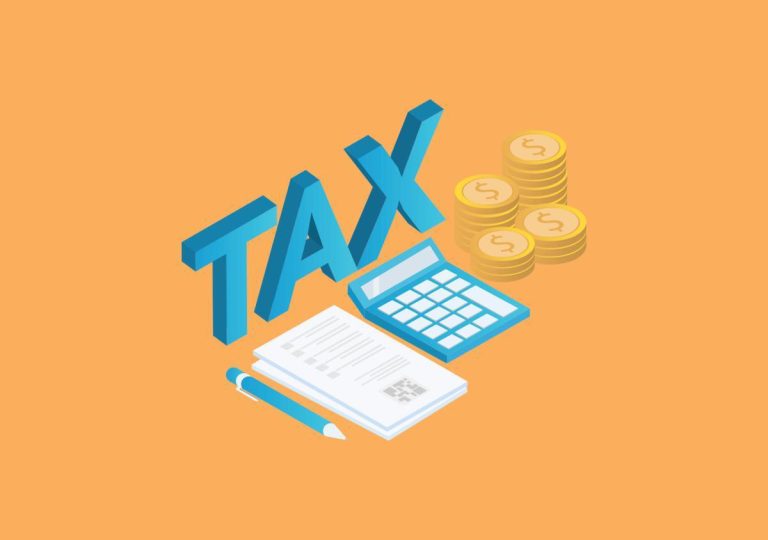Right here, right now – IAS 7 Amendment An article from IASB Investor Update to discuss amendment to IAS 7
In early 2014, the International Accounting Standards Board conducted two surveys, first, to obtain information about why investors seek to understand period-on-period movement in debt, and second, to obtain input on disclosures about cash and cash equivalents. The surveys revealed that investors use debt movement and net-debt reconciliation to improve their understanding and their ability to forecast cash flows. At that time, only a few companies offered net debt disclosures and reconciliations, which constrained both comparability and analysis.
In responding to investors’ needs, the challenges for the Board were that debt is undefined in IFRS Standards and that it will be difficult to arrive at a commonly agreed definition for debt. The Board decided that resolving such tricky issues would take too long and that a timelier fix could be offered via a narrow-scope amendment to IAS 7.
Published in January 2016, the IAS 7 amendment requires companies to disclose additional information that will assist investors in making net debt reconciliation.
What does the IAS 7 amendment require companies to do?
Since 1 January 2017, companies have been required to disclose information that enable users to evaluate cash and non-cash changes in liabilities arising from financing activities.
IAS 7 defines financing activities as activities that change the size and composition of a company’s contributed equity or borrowings. While the statement of equity reconciles opening and closing balances of shareholder equity, IFRS Standards previously included no similar requirements for borrowings. The IAS 7 amendment requires companies to disclose both cash and non-cash changes to liabilities arising from financing activities. This information will assist investors in reconciling the differences between opening and closing balances for borrowings.
It is also worth noting that many companies hedge their liabilities for interest rate, foreign exchange or other risks. The amendment requires cash and non-cash changes for assets used to hedge liabilities arising from financing activities to be disclosed together with information on underlying liabilities.
What can investors expect to see in the notes?
The amendment recommends that in the notes to the statement of cash flows, companies show a reconciliation table similar to the following illustration:
Source: International Accounting Standards Board, example for illustration purposes only
*Note: IFRS 16 Leases becomes effective as of 01.01.2019, at which point operating lease liabilities will also appear in the information presented
The above illustration shows that by applying the IAS 7 amendment, opening and closing balances of liabilities (column 1) that arise from financing activities are reconciled by incorporating cash flow (column 3) and non-cash changes (column 4) over the reporting period.
How useful are the new disclosures to investors?
The cash flow statement only links changes in liabilities to cash changes (such as redemptions or drawdowns of debt) reflected in cash flow from financing. The statement of cash flow does not reflect non-cash changes in liabilities resulting from mergers and acquisitions, finance leases, changes in fair values, foreign exchange movements or from other considerations. The disclosures under the amendment require companies to provide both the cash and non- cash changes in one place – preferably in a reconciliation table similar to the one shown above. This will allow investors to more quickly and clearly evaluate period-on-period movement of liabilities. Further, the amendment will enhance comparability because all companies will be required to disclose information.
The Board would once again like to thank all investors for their valuable feedback during the development of this amendment.
This article has been republished from Issue 12 of the IASB Investor Update with permission from the IASB. The full version of the IASB Investor Update is available on the IASB’s website: www.ifrs.org/Updates/Investor-Updates












